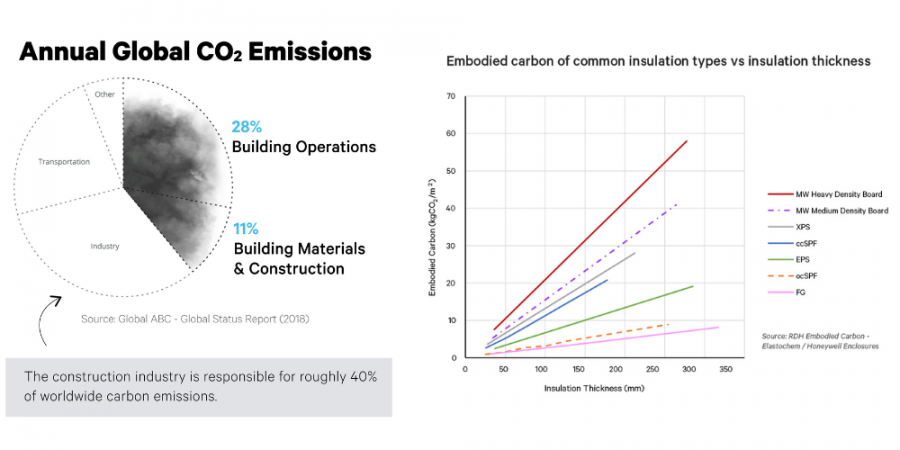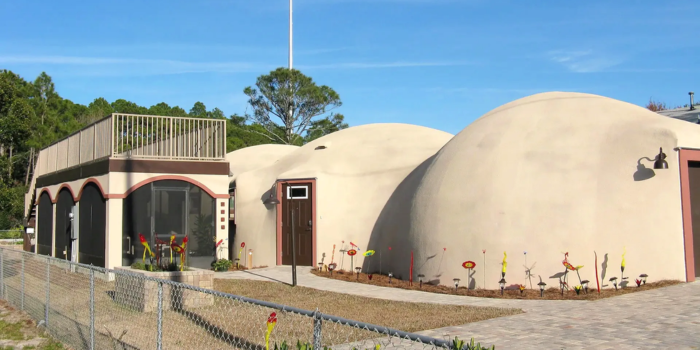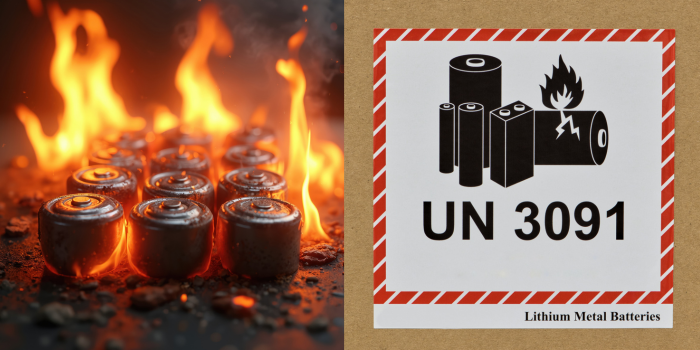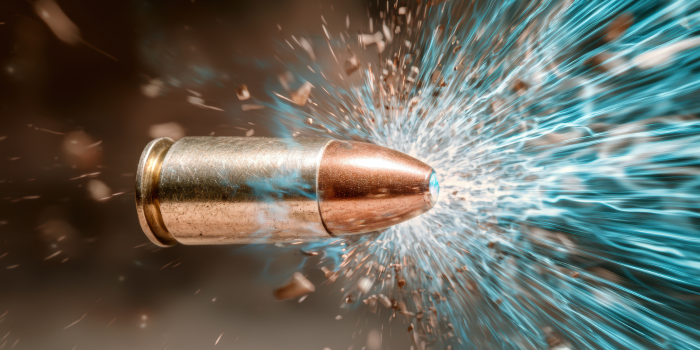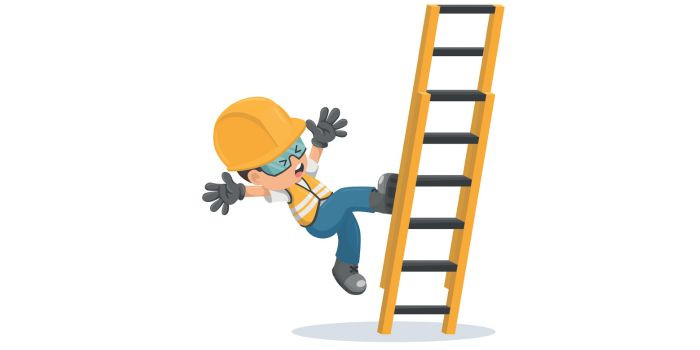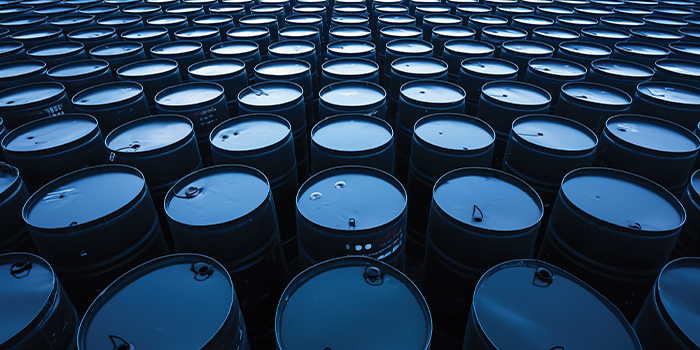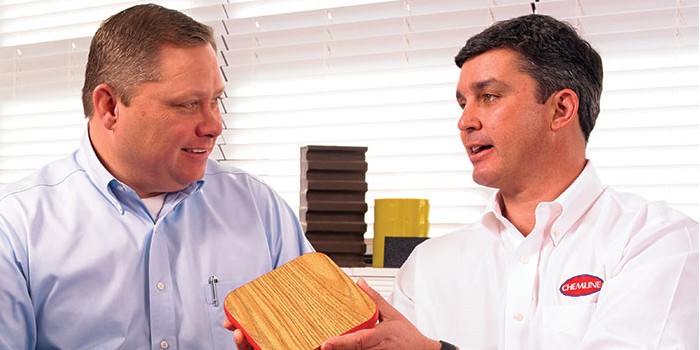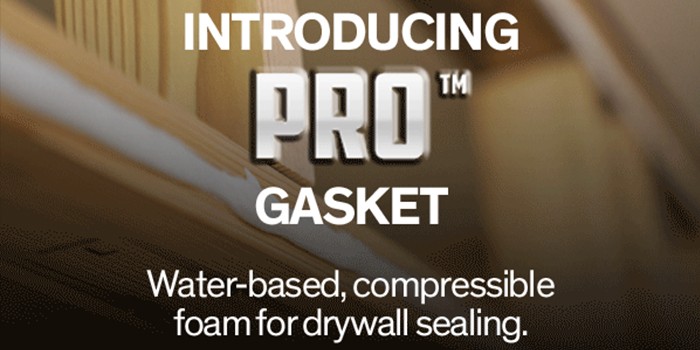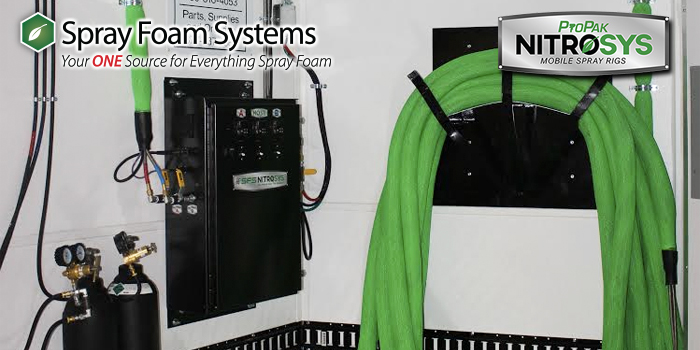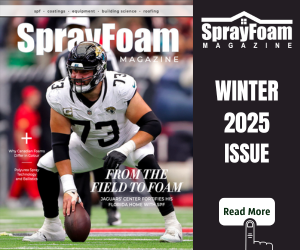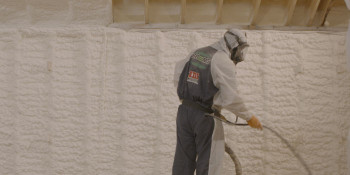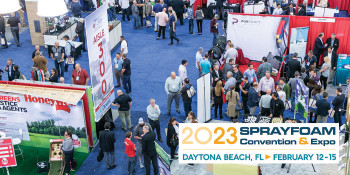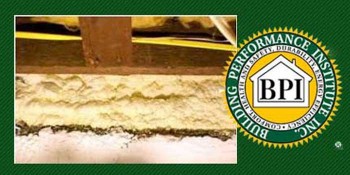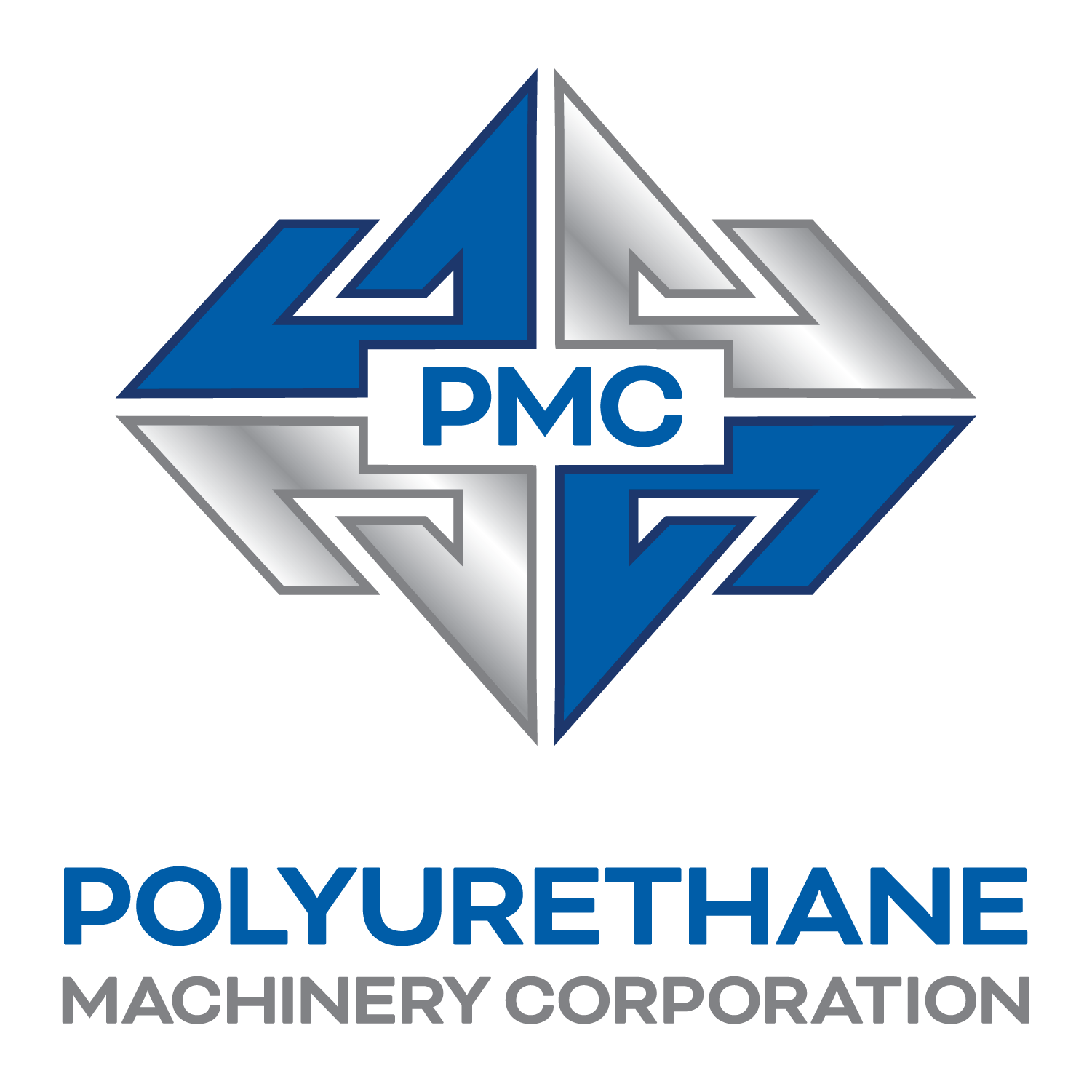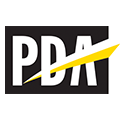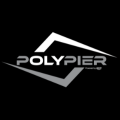Gas Laws, Isocyanates & Crystals
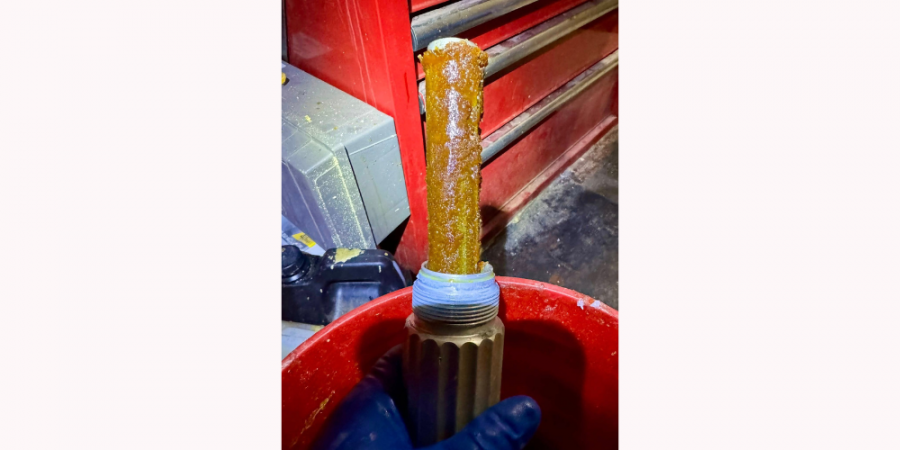

Spray Foam Magazine – Late Summer 2025 – In Spray Foam Magazine’s Winter 2024 issue, “The Great Filter Debate,” a subtle comment was made at the end of the article. For those that actually read the article, you should be commended for that. For those that did not, here it is again for your review: The Great Filter Debate.
“If one is constantly having issues with ISO crystal formation in the systems and loading up the filter screens, unfortunately that can be due to equipment maintenance, use of non-standard material supply hoses, material storage and/or shut-down procedure being used.”
This statement was meant to educate one and not be a demeaning critique of what is being done. In order to understand what was being noted there, one needs to understand a couple of facts:
- Isocyanates used in SPF and Polyurea spray are NOT hydrophilic nor hygroscopic
- The Gas Laws associated with Physical Chemistry and Application Processing
Isocyanates and Moisture
While it is true that isocyanates will in fact react with water, they are not hydrophilic, term meaning “water loving,” and not “pulling” water to them (hygroscopic) like what happens with salt. Fact is, a typical polymeric ISO (like that used in SPF) does not like water, it is actually insoluble in water! The “pre-polymer” type ISO’s used with polyurea spray systems are more compatible with water due to the pre-reaction with various a polyether polyols. If you mix the ISO with water, it forms a type of emulsion or dispersion (gets cloudy) and then will react (hydrolyzes) with the water. And we all know what happens then!
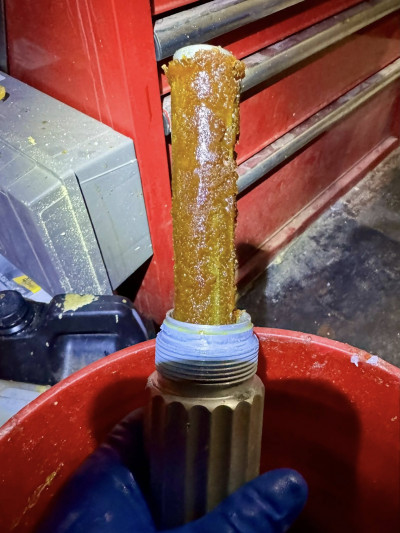
The light brown colored, hard crystals one is finding in their spray hose and gun filter screens is due primarily to a reaction with moisture. This is a two-step reaction which also liberates carbon dioxide gas, CO2. Most do not find these crystals in a fresh drum of ISO, so the fact is one is making them in their spray equipment. The crystals are “urea” that is formed and this is not a reversible reaction.
On some occasions, dark, very hard ISO crystals may be present. This is due to the ISO being overheated, or burned on the heating elements and decomposes and undergoes radical chain reactions. Common reason for these forming is that the pre-heaters were turned on / activated while there were air pockets, or liquid material voids in the pre-heater block.
Once formed, these crystals are not reversible. One can also “burn” the resin side, forming irreversible solids that plug filter screens in the spray gun assembly.
Occasionally though, soft light-colored crystals, cloudiness, thickened ISO can be seen in a fresh drum of ISO, but this is due to the ISO being exposed for a period to cold temperature. The ISO “froze” chemically if you will, but not like water going to ice. This is the formation of a dimer, referred to as “uretidinedione” in some cases. Some companies in very Northern climates, allow their produced ISO to freeze, forms this dimer / solid, as it actually prolongs the storage life. They are then warmed to “liquify” before shipment. But it is NOT suggested that you as the contractor / applicator do this as this, as this is a very controlled process. This is a reversible reaction, thus accomplished by gently warming the ISO back up. It should NOT be used / processed if the ISO is in this state.
Finding these types of irreversible crystals in the ISO drum, or your Y-strainer, is primarily due to either recirculating material from the machine (where the crystals are already present) or in pour-overs to consolidate material. Drums of fresh ISO from the supplier do not typically contain these crystals, well unless the ISO was subjected to cold temperatures, or was stored improperly.
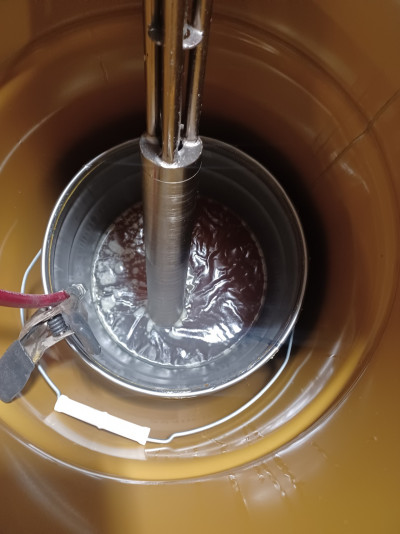
Skimmed over ISO in drum after 24 hours of open air exposure.
Photo courtesy of Dudley Primeaux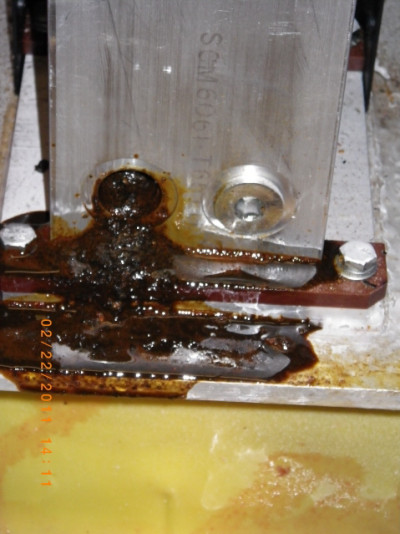
Burned ISO in pre-heater
Photo courtesy of Dudley PrimeauxSince the internal diameter of the hose does not really change much when cooling, compared to the contained liquid inside, a negative pressure will result. Don’t believe this, try a little experiment here. Stop spraying, shut your machine down, heat off and leave pressure on the machine (don’t bleed pressure). Come back a short time later and you will note that the pressure gauges have dropped. Where did that go? One does not have an evident leak. That “pressure” went somewhere, right?
As the material cools down, this “pressure” decreases in a contained space, it can allow moisture vapor to enter the system or allow for some void spaces. All things are permeable to some degree related to moisture vapor.
The Gas Laws
Yes, one knows, we are not dealing with Gas in the hose and pump system but with liquids. These Gas Law principles are still applicable here.
One should know the fact that as things heat up, they expand. As they cool down, they contract or shrink as some may say. The only exception to this is the universal solvent…water. Water actually expands as it starts to cool and freeze, you have all seen that with making ice cubes, and of course busted water pipes when it freezes outside. Remember the Texas Freeze nightmare back in February 2021 that caused havoc with material supply?
The important “law” here, taken from the Ideal Gas Law, is the Gay-Lussac’s Law, which is the relationship of pressure to temperature, in a confined space, or volume and a given amount of material. Meaning for example material “confined” in your spray hoses and proportioning pump. The relationship in this law is P1/T1 = P2/T2. So, when you shut your system down and bleed the pressure to “0,” the material is still hot in the system. As that material cools in that confined space, the pressure will further be reduced in that space. Remember what happens in winter months with the tire pressure in your vehicle, and that annoying light in the dash...
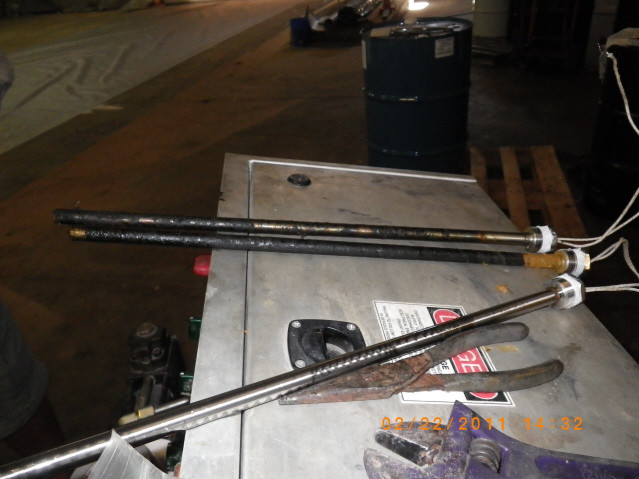
If you create a “drive” situation, that environment attempts to equalize. Of course, this can be more prevalent in locations where humidity is higher.
This is why it is extremely important to use the proper type hoses with your equipment. Standard hydraulic hose may work for a temporary repair to “get you through the job.” But, these type hoses can also allow moisture vapor intrusion, this reacting with the ISO leads to the crystal formation.
Conclusion
So how does one avoid these issues? Pretty simple, common sense here. First off, proper storage of your materials. Use the proper material hoses from the equipment supplier. Ensure your equipment system is completely wetted out / filled before activating any of the heaters in the system. And while it may seem that the use of compressed air to purge your equipment out is a good idea, please don’t perform this task with the heater system activated. You are burning material on heater rods (no proper liquid resistance) and making crystals and solids! The same would be true by cavitation the drum pumps, and allowing air voids into your system.
Published by Spray Foam Magazine
SprayFoam / Spray Foam Insulation
Disqus website name not provided.




